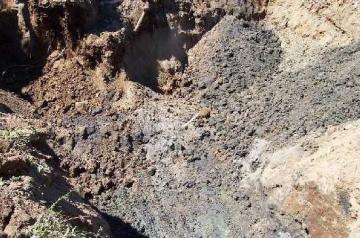
The department does not regulate the operation of above ground storage tanks, also referred to as ASTs. However, the department does regulate and provide oversight for investigating and remediating, or cleaning up, petroleum releases caused by leaking ASTs. For information about AST operational regulations, contact the Missouri Department of Agriculture by telephone at 573-751-5636.
An underground storage tank, also called a UST, may be regulated under Missouri's Underground and Petroleum Storage Tank Law, depending on what is or was stored in the UST and the USTs purpose. A UST is defined as a tank and any underground piping connected to the tank, that has at least 10 percent of its combined volume underground. For more information about UST requirements and other standards, visit the department's Underground Storage Tank Requirements webpage.
The department's Underground Storage Tank Summary database provides agencies, the public, consultants, regulated facilities and tank owners a useful look at the department's current data on USTs. The most recent database zip file is available at Missouri Underground Storage Tanks Database. Tanks undergoing closure and cleanup are included in the department's Environmental Site Tracking and Research Tool (E-Start) interactive map, which allows users to access information about tanks sites, as well as site investigations and cleanups and certain regulated sites within a specific community or area.

